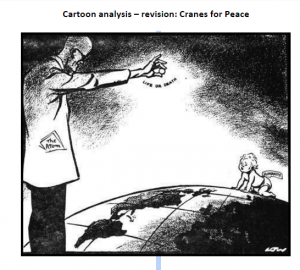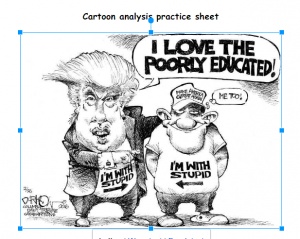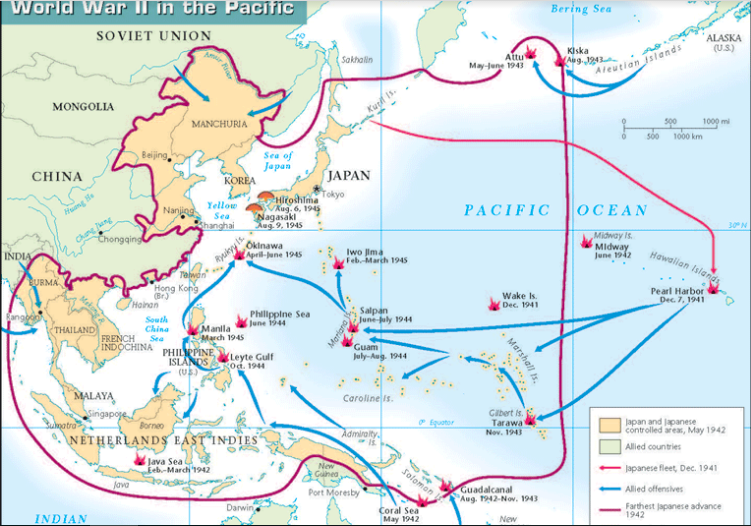by john west Mar 11, 2017 | school posts , Year 09, K-10
Revise what we did on Friday paying particular attention to layout. You can’t just write random answers in tests, you need to show working.
Angus MacPorridge wanted to hire The Red Hot Chilli Peppers for his Barbecue but they were a bit expensive even without GST. He hired The Red Hot Chilli Pipers Instead. Enjoy listening while you do the homework.
Homework
SCROLL down till you reach the homework activity
Read the question carefully and work out your answers showing your working clearly.
Click on the answers as you work through the activity. Press submit and you should receive your score in an emailVIDEO
Homework
by john west Nov 30, 2016 | school posts , Year 09, K-10
The High Speed Technology Challenge: Lesson 1: Research balloon powered vehicles and produce your own design. Task the team to bring ALL materials needed to construct the vehicle next lesson. The vehicle must travel at least two meters powered by the potential energy stored in an inflated balloon
Lesson 2: build, test and develop the design to its full potential. Construction must be complete by the finish of this lesson.
Lesson 3: Produce a clearly labelled diagram that explains the Science behind your invention. Consider how this science relates to rocket engines.
Remember that its OK to fail. You only learn by problem solving failure.
VIDEO
VIDEO
by john west Nov 8, 2016 | school posts , Year 09, K-10
Work through the revision document and ask for assistance.
Year 9 revision – 4 periods
Period 1 – Resource analysis cartoons and photos. (attached)
Cartoon from Cranes for peace booklet
Modern cartoon
Period 2 – Finding information
Background to the atomic bombing of Hiroshima
Why US and Japan went to war. China. Oil Embargo. Pearl Harbour.
Students will need computers. They are to go to these places and work in pairs:
http://teacher.scholastic.com/pearl/timeline/time5.htm
http://teacher.scholastic.com/pearl/timeline/time6.htm
http://teacher.scholastic.com/pearl/timeline/time7.htm
Students are to write down key names, dates and places and create a timeline.
Period 3 – Map and data analysis
Map of the course of the Pacific War. (attached)
On land and sea – a list of battles and the casualties suffered. (attached)
Period 4 – Cause and effect – Watch – 24 hours after Hiroshima.
https://www.youtube.com/watch?v=3yez_gesztE
Individually write down the effects that the bomb had on people.
Pair and share.
Structure as a paragraph.
Cartoon analysis – revision: Cranes for Peace
Source A: ‘Baby play with nice ball’ – a cartoon by David Low.
Look at Source A. This cartoon was published just after the atomic bombings of Hiroshima and Nagasaki. Answer the following questions.
What is the name of the ball?
_________________________________________________
Who is holding the ball?
_________________________________________________
Why is humanity represented as a baby?
__________________________________________________________________________________________________________
__________________________________________________________________________________________________________
__________________________________________________________________________________________________________
What do you think the cartoonist’s overall attitude to the use of the atomic bombs is?
__________________________________________________________________________________________________________
__________________________________________________________________________________________________________
Cartoon analysis practice sheet
Look at this cartoon and fill in the boxes below:
What are the event(s) or issue(s) that inspired the cartoon? Are there any real people in the cartoon? Who are they?
Are there any symbols in the cartoon? What are they and what do they represent? What is the cartoonist’s opinion about the topic of the cartoon?
Do you agree with the cartoonist’s opinion? Why? Anything else?
Map work
Which Australian city is on the map? What was the furthest south that the Japanese controlled? Which country was the furthest west that the Japanese reached? What was the furthest point west attacked by the Japanese? What was the name of the northern most islands Japan invaded? Which battle do you think stopped the Japanese advance towards New Zealand? Which two battles were fought in the Philippine Islands? Which country owned the Phillipines? What was the last battle fought before the Atomic bombs were used? What name are the Netherlands East Indies known as today?
Data Analysis
Battle Date Number of US casualties Number of Japanese casualties (most were killed)
Attack on Pearl Harbor December 7, 1941 3,592 (2,345 killed and 1,247 wounded) [3] 64
Battle of the Coral Sea May 4, 1942 – May 8, 1942 656 killed 966
Battle of Midway June 3, 1942 June – 7, 1942 307 killed [12] 3,100
Battle of Guadalcanal August 7, 1942 – February 9, 1943 ~6,000 (1,600 killed, 4,400 wounded and missing) [13] 19,200
Battle of Tarawa November 20, 1943 – November 23, 1943 3,296 (1,000 killed and 2,296 wounded) [3] 4,690
Battle of Saipan June 15, 1944 – July 9, 1944 13,313 (2,949 killed and 10,364 wounded) [3] 23,811
Battle of Guam (1944) July 21, 1944 – August 8, 1944 7,800 (1,747 killed and 6,053 wounded) [3] 19,800
Battle of Peleliu September 15, 1944 – November 27, 1944 9,804 (1,794 killed and 8,010 wounded) [3] 10,900
Battle of Leyte Gulf October 23, 1944 – October 26, 1944 ~1,500 killed [3] 49,000
Battle of Iwo Jima February 19, 1945 – March 26, 1945 26,038 (6,821 killed and 19,217 wounded) [3] 22,000
Battle of Okinawa April 1, 1945 – June 22, 1945 51,429 (12,513 killed and 38,916 wounded) [3] 110,000
What is a casualty? In how many battles were there more US casualties than Japanese? What in this table supports the idea that most Japanese soldiers did not surrender? Which two battles cost the most in terms in terms of US casualties? What were the dates of those battles
How do the casualties suffered in those two battles help to explain the US decision to use the Atiomic bomb on 6 th August 1945?
by john west Aug 1, 2016 | school posts , Year 09, K-10
Review what we did today then try the short quiz
by john west May 9, 2016 | school posts , Year 09, K-10
Work through The Introduction to the Periodic Table Prezi then check your understanding using the auto graded test.
By the end of this unit you should know:
what the atomic number and mass number of an element is.
how elements are arranged on the periodic table.
what Periods and Groups are.
the physical and chemical properties of the group 1 metals.
the physical properties of group 17 elements.
the physical properties of group 18 elements
that sodium and chlorine react violently together.
that elements in the same group have similar properties. WHY!
by john west Feb 29, 2016 | school posts , Year 09, K-10
Have a look at the notes on Mrs Gren
Try to answer these questions
Nutrition is different for plants and animals. Can you explain why?
What is a tendril
Respiration is not the same as breathing. Can you explain?
This is a difficult one. Wasps eat Monarch caterpillars in early summer because they need protein. In late summer the get nectar from flowers. Why?
Write answers in your books



